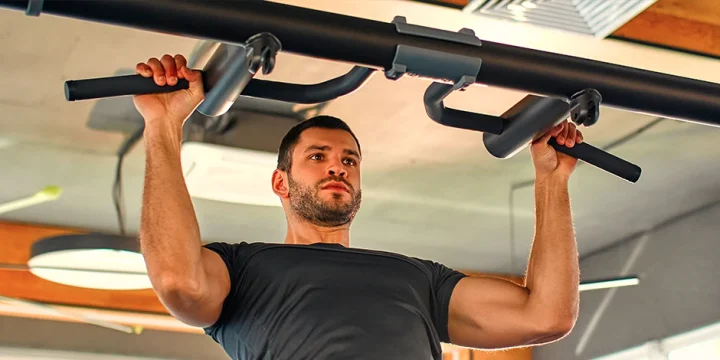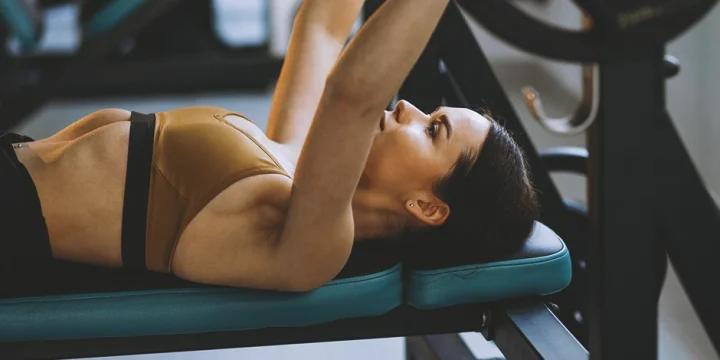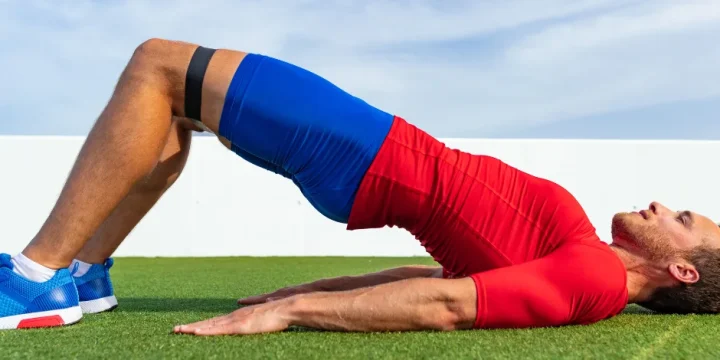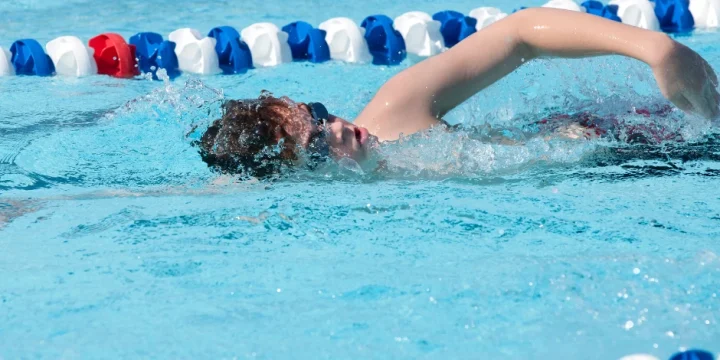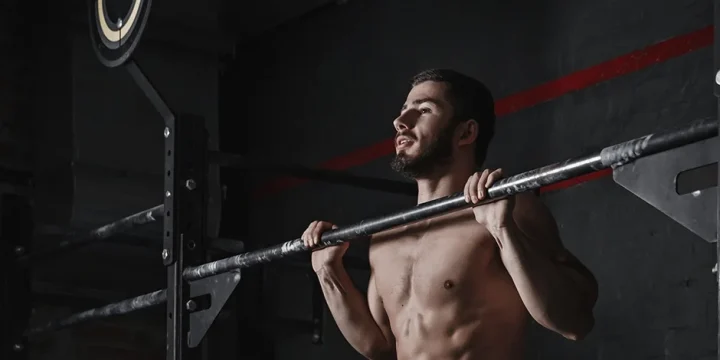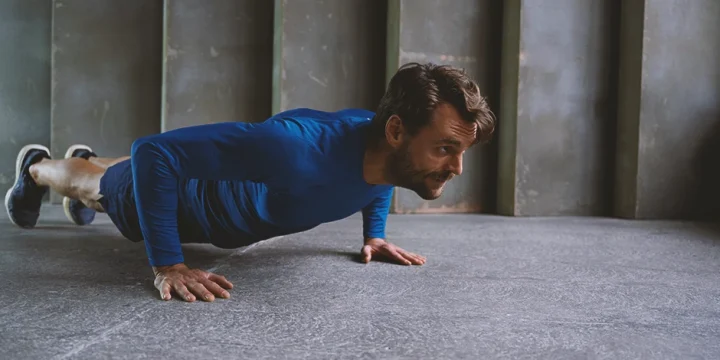Here’s a fact: lifting shoes are expensive. That’s why you may want to repurpose your Vans for lifting instead of buying specialized lifting shoes.
However, not all shoes are suitable for strength training. Some won’t give you the support you need, while others will rip under pressure.
As a fitness trainer, I’ve spent hours researching whether that’s the case with Vans, too. I’ve considered how they’re made and if they have what it takes to function as lifting shoes.
Here’s what I found.
Quick Summary
- Vans are good for weightlifting, especially for recreational lifters, as they are one of the few endurant pocket-friendly shoes.
- Some other factors that make vans good for weightlifting are the fantastic sole, an awesome zero-drop feature, and durability.
- According to Vans’ official website, all Vans shoes now come with reinforced materials and toe bumpers that can better absorb impact, making Vans even more durable.
- Avoid the following exercises when wearing Vans: calf exercises, agility training, running, and cardio.
Are Vans Good For Lifting?

Yes, Vans are good for lifting, especially for recreational lifters. When it comes to lifting weights, many trainers recommend using specialized training shoes with flat soles, such as Vans lifting shoes or Vans Atwood shoes, to provide stability and support during weightlifting exercises. Let me explain why.
Firstly, Vans are made for endurance since they’re primarily skateboarding shoes. So, you can imagine how much they endure.
Skateboarding teens jump and fall from great heights. Occasionally, they also manage to land on their feet. And they do all that while wearing Vans.
The fact that they can take so much pressure makes Vans suitable for strength training, too.
They can also adequately support you while lifting because of their quality and skillful construction.
My findings will mainly refer to Vans Authentic, one of the company’s most popular styles. So, I’m guessing that’s the shoe most weightlifters are considering.
Which Vans Shoes Should Casual Lifters Use?
Casual lifters looking for more stability during heavy lifting should use the original classic Vans design. With its right shoe model and sole construction, it can be a perfect shoe choice.
However, most Vans shoes have similar features and construction processes, so this guide can also help you understand why other models are suitable for lifting, too.
Investing in expensive lifting shoes may not make sense for beginners. On the other hand, going barefoot might be out of your comfort zone. You can check the best option for you in one of our reviews:
Reasons Why Vans Are a Good for Lifting
Here are four reasons why Vans makes the cut for a good pair of lifting shoes.
1. Fantastic Sole Construction And Quality
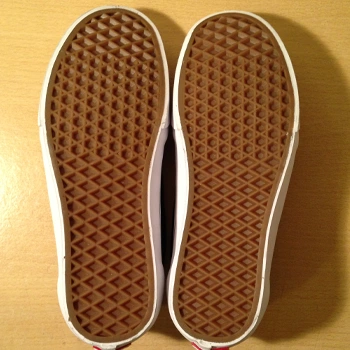
Most Vans have flat and firm soles. Whether soles are flat or elevated isn’t greatly important because lifters work out in both.
But I will say that heels do have some advantages. More on that below.
However, firmness is essential for lifting weights.
If you wear shoes with a squishy sole, you won’t get adequate support during your workout. You may also risk injuries and lower your power output.
That’s why it’s usually not a good idea to lift weights in, say, running shoes. They typically have soft, pillowy soles that do nothing for you.
On the other hand, Vans’ soles are firm because they undergo a special type of processing.
A classic Vans shoe has soles made from vulcanized rubber. Vulcanization is a process that makes rubber extra tough and stretchable [1].
In other words, vulcanization makes the rubber more robust and durable.
That’s why the soles we find in most Vans can handle heavy weight without ripping.
2. The Awesome Zero-drop Feature
Before I explain this feature, let’s discuss what the term “heel-to-toe drop” means.
The heel-to-toe drop is the height difference between the heel and forefoot in athletic shoes.
It’s measured in millimeters, and a single millimeter can make a shoe fit or not fit for lifting.
We can categorize shoes into four groups based on this measure:
- A zero drop (0 mm)
- A low drop (1–4 mm)
- A mid drop (5–8 mm)
- A high drop (9+ mm)
Vans shoes have a zero drop — or 0mm heel-to-toe drop — outer soles. That means the heel part of the outer sole is just as thick as the mid-foot section.
But maybe you’re wondering if that’s necessary for lifting.
It’s not, but it surely helps.
“The most important thing to remember about zero-drop shoes is that they keep your feet in the same position they would be in if you were barefoot. It might not seem that way, but our naked feet are naturally very strong and mobile.”
- Dave Robinson, Personal Trainer & Competitive Obstacle Course Race Athlete
So, zero-drop shoes help you maintain your natural feet position and, consequently, provide you with more stability.
3. Long Durability
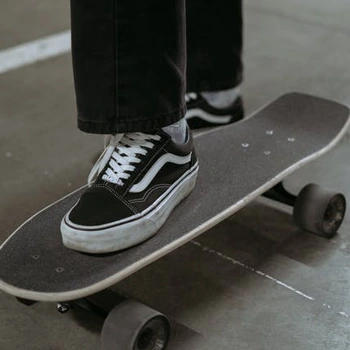
Durability is another thing that makes Vans great lifting shoes.
Again, they’re durable because they’re primarily skateboarding shoes.
As such, they need to resist an opposing force that occurs when, say, a skateboarder jumps from a height to the ground.
These two features make Vans extra resistant:
- A high-quality toe box
- A lateral seam
These features prevent the shoe from ripping apart when skateboarders land on the ground. They help the shoe handle the lateral shear and stay in one piece.
So, the company was dedicated to producing durable shoes from the get-go. But they’ve made even greater strides in recent years.
According to Vans’ official website, all Vans shoes now come with reinforced materials and toe bumpers that can better absorb impact, making Vans even more durable [2].
But there is one problem I should mention.
Most Vans shoes, including Vans Authentic, are made from suede or canvas upper [3]. And neither suede nor canvas upper is known for its durability.
But the company is trying to make up for the shortcomings of these materials. For example, they only use premium-quality canvas.
Also, canvas does have its pros. It’s more breathable and lightweight than most other materials.
So, Vans can give you more comfort in the gym because your feet won’t get too warm too quickly.
4. Affordability
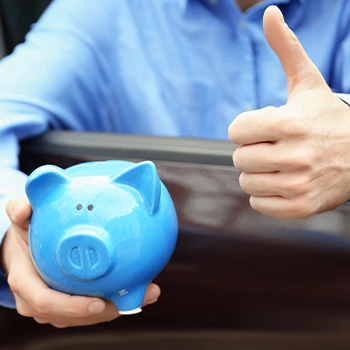
Vans are affordable even if you have a tight budget, while traditional lifting shoes tend to be more expensive.
But let’s discuss the exact price points. Vans Authentic shoes start at $50, which is comparable to most Converse shoes.
On the other hand, specialized lifting shoes typically range from $80 to $200. But most of us don’t determine affordability just based on the price. We also consider whether we can use a pair of shoes for multiple purposes.
We also consider whether we can use a pair of shoes for multiple purposes.
We tend to deem multi-purpose shoes more affordable than shoes that serve only a single purpose.
Vans are a clear winner here, too. They’re much more versatile than regular lifting shoes. You can use them for skateboarding and lifting weights, but also as your go-to casual shoes.
Contrarily, most people wouldn’t wear lifting shoes in their everyday life.
That makes a pair of Vans suitable for beginner lifters who aren’t sure whether they’ll stick to lifting in the long run. They can still use their Vans even if they quit lifting — they just need to repurpose them.
What Exercises Should You Avoid When Wearing Vans?

Vans are good for most lifting exercises, especially squats and deadlifts.
But there are some exercises you should avoid performing in Vans.
I’ll list three such exercises in the sections below.
1. Agility Training
Many agility exercises, like jump box drills and lateral ply metric jumps, require bending your toes and moving quickly.
Such movements can damage a Vans shoe, so I’d recommend you use another pair for agility training.
As a side note, some claim that you can use Vans for lateral speed training. Maybe that’s something you could try. If you notice that your Vans can’t handle the pressure, just wear another shoe next time.
2. Calf Exercises
Exercises like a standing wall calf stretch, downward dog, and calf raise all require you to bend your toes.
As I’ve said in the above section, such movements can ruin a perfectly good pair of Vans.
So, avoid wearing Vans for calf raises and similar exercises.
3. Cardio And Running
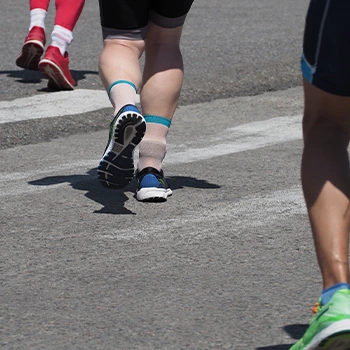
You shouldn’t use Vans as running shoes for several reasons.
Firstly, Vans have firm soles, which may not be suitable for running. That’s why most runners prefer soft running shoes.
On top of that, you may feel increased pain in your legs and feet if you run in Vans.
The thing is, Vans lacks the arch support you need while running.
That may make you more prone to overuse injuries and soreness.
But I should note that newer Vans models allegedly support the arch better. Still, I suggest you wear specialized running shoes instead of Vans — and not just for running, but for all cardio exercises.
Other Good Shoes For Lifting Weights

Maybe you don’t want to wear Vans to the weight room after all. That’s fine because there are other options you can try.
I’ve already mentioned that you can lift barefoot. In fact, many weightlifters prefer that over wearing any shoes for lifting.
But lifting barefoot has its cons, too. For example, it increases the risk of injury [4].
That’s why I’ll go over other good shoes for lifting. They’re all great alternatives to both wearing Vans and going barefoot for strength training.
1. Specialized Lifting Shoes
Specialized weightlifting shoes are an obvious choice and most optimal for lifting. Their features can help you get the most out of your workouts and maintain normal posture while exercising.
Here are two such features:
- Elevated heel: Lifting shoes have a raised heel, which allows us to increase our range of motion and go into a deeper squat position, which enhances muscle gain in the lower limbs [5].
- Sturdy materials: Most lifting shoes are made of leather or similar sturdy materials around the foot and sole of the shoe. Such materials help keep your feet connected to the floor even during high-power movements.
No other shoe can better support you while performing squats and deadlifts.
In fact, no shoe can ever replace a specialized lifting shoe — not even Vans.
The only problem with regular lifting shoes is that they’re usually expensive. You might not want to invest in them if you’re not yet sure how dedicated you’ll be to lifting. In that case, it may be wiser if you wear Vans instead.
2. Wrestling Shoes
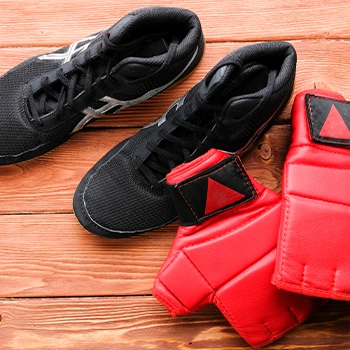
This is probably a pair of shoes you’ve never even considered. But wrestling shoes can be an excellent choice for lifting.
After all, they’re designed to provide maximum foot and ankle support [6].
They also share several beneficial features with Vans: a rubber sole and a 0mm heel-to-toe drop.
That makes wrestling shoes beneficial for both squats and deadlifts, as well as most other weightlifting exercises.
3. Flat Shoes
Flat shoes offer you a good amount of support for most weightlifting exercises. Their flat, firm soles will help you stay connected with the ground beneath you as you lift.
Plus, a firm sole is also a non-slip sole, meaning your foot won’t slip as you lift or go into a squat. That’s why many lifters wear them while performing squats and deadlifts.
Basically, the reasons why I’ve recommended Vans for lifting apply to flat shoes, too. The only issue is that flat shoes may lack stability.
4. Basketball Shoes
A pair of basketball shoes might be the perfect option for most lifting exercises.
They’re durable, provide ankle and foot support, and often have imaginative designs. The only cons are that they’re usually expensive, not deadlift-friendly, and have elastic soles.
References:
- https://www.sciencedirect.com/topics/materials-science/vulcanization
- https://www.vans.co.uk/news/blog/are-vans-comfortable-for-everyday-wear.html
- https://www.vans.eu/thewall/style/how-are-vans-shoes-made.html
- https://www.self.com/story/barefoot-training
- https://pubmed.ncbi.nlm.nih.gov/31230110/
- https://www.espn.in/olympics/story/_/id/31769393/the-sole-matter-distinct-footwear-required-sports-tokyo-olympics
About The Author
You May Also Like
